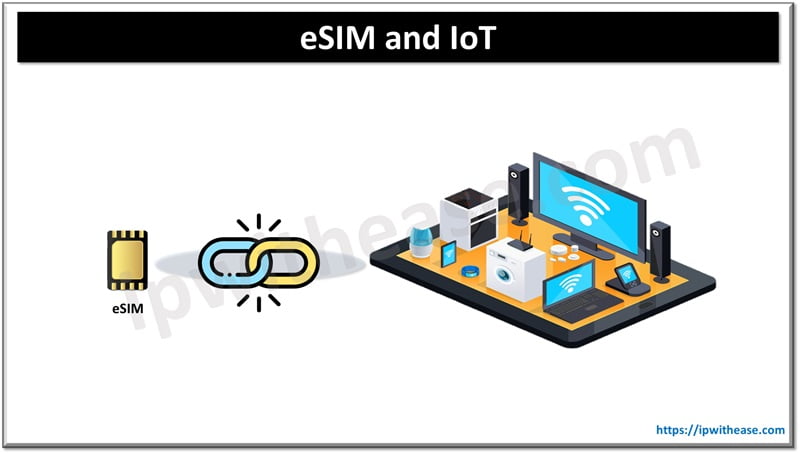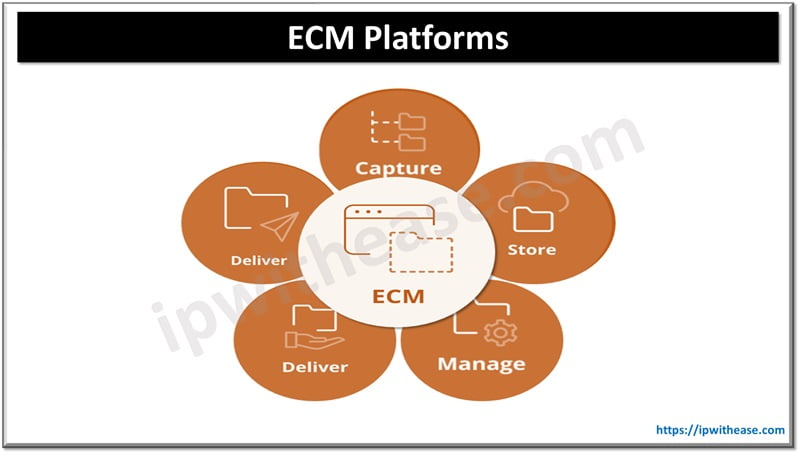Table of Contents
The Internet of Things, or IoT, is changing how we use technology. It links everyday items to the internet. These objects can then share data. As more devices become “smart,” managing their connections is key. That’s where eSIM (embedded SIM) steps in. Unlike normal SIM cards, an eSIM is built right into the device. This setup is way more flexible. It’s handy for many uses, particularly in the growing IoT world. As you read on, you’ll learn more about eSIM and IoT.
Understanding eSIM Technology
An eSIM, or embedded SIM, is a tiny chip inside devices like phones, tablets, or wearables. It works just like a regular SIM card but doesn’t need you to insert anything. You can rewrite the eSIM to work with different network providers. This feature is huge for IoT devices. They can change networks without having to swap SIM cards. This is super helpful for people who travel a lot. It makes staying connected around the world a lot easier. A travel eSIM is becoming popular among frequent travelers because it offers seamless connectivity across different countries.

How eSIM Enhances the IoT Ecosystem
The IoT ecosystem needs seamless connectivity to work well. eSIM technology makes it easier to manage lots of connected devices. You don’t need physical SIM cards anymore, which simplifies managing networks. This is great for businesses that use many IoT devices, like sensors in smart cities or in connected cars. With eSIMs, you can switch network operators remotely, without touching the devices. This keeps devices connected to the best network and makes sure they work well.
Simplifying Device Management with eSIM
Managing IoT devices is tough, especially when there are many devices in different places. eSIM tech makes it easier by letting you manage network profiles from afar. Companies can change network settings remotely without going to each device. This cuts down on maintenance costs and boosts efficiency. For instance, if a vehicle in a fleet goes to another country, the eSIM automatically switches to a local network. This keeps the connectivity without interruptions.
Security Benefits of Using eSIM in IoT
In the IoT world, security is a big worry because more connected devices mean more chances for security issues. eSIMs are safer than traditional SIM cards because they’re built into the devices. This makes them harder to mess with or steal. Also, eSIMs have secure remote provisioning which lowers the chance of mistakes or security breaches when switching networks. This security is key in areas like healthcare, finance, and smart homes where keeping data safe is really important.
Related: Difference between M2M and IoT
eSIM’s Role in Global Connectivity
A big plus of eSIMs is they make global connectivity smooth. This is super useful for IoT devices that work across countries, like GPS or logistics trackers. eSIMs let these devices connect to the best local network automatically without having to switch SIM cards. This easy connectivity means IoT devices can work well anywhere, allowing for real-time data sharing and monitoring.
The Future of eSIM and IoT Integration
As the world gets more connected, eSIM in IoT devices is set to blow up. This increase is driven by a need for smarter, more efficient ways to handle connected devices. We’re looking to see new eSIM tech features soon, like stronger security and better network management tools. These improvements will help both companies and people use IoT solutions more widely, making the world more connected and efficient. Managing lots of devices might get as easy as just tapping a screen. This change will simplify tech management big time, making daily tasks more automated and connected.
Challenges and Opportunities with eSIM in IoT
While eSIM offers lots of perks for the IoT world, it’s got its downsides too. Fitting eSIMs into different IoT devices costs a lot of money and requires serious tech skills. Sometimes, devices clash because they all got their own needs and tech specs. But these problems also open doors for fresh ideas and collaboration among tech companies, network providers, and other key players. Working together, they can make solutions that make the most of eSIM tech for the IoT world. This teamwork might lead to innovations we’ve not even thought of yet, pushing the tech forward.
The way eSIM tech is merging into the IoT world is changing how devices connect and communicate. It’s simplifying device management, enhancing security, and ensuring devices can connect globally. eSIMs are setting the stage for a future where everything is more connected. As we dive deeper into the IoT revolution, eSIM tech will play a crucial role in creating a seamless, global network. The path ahead is packed with opportunities, and eSIM is definitely at the heart of this effort to connect the world like never before. Every advance in eSIM technology is a step towards a more interconnected future, promising an exciting journey of innovation and connectivity.
ABOUT THE AUTHOR
IPwithease is aimed at sharing knowledge across varied domains like Network, Security, Virtualization, Software, Wireless, etc.



